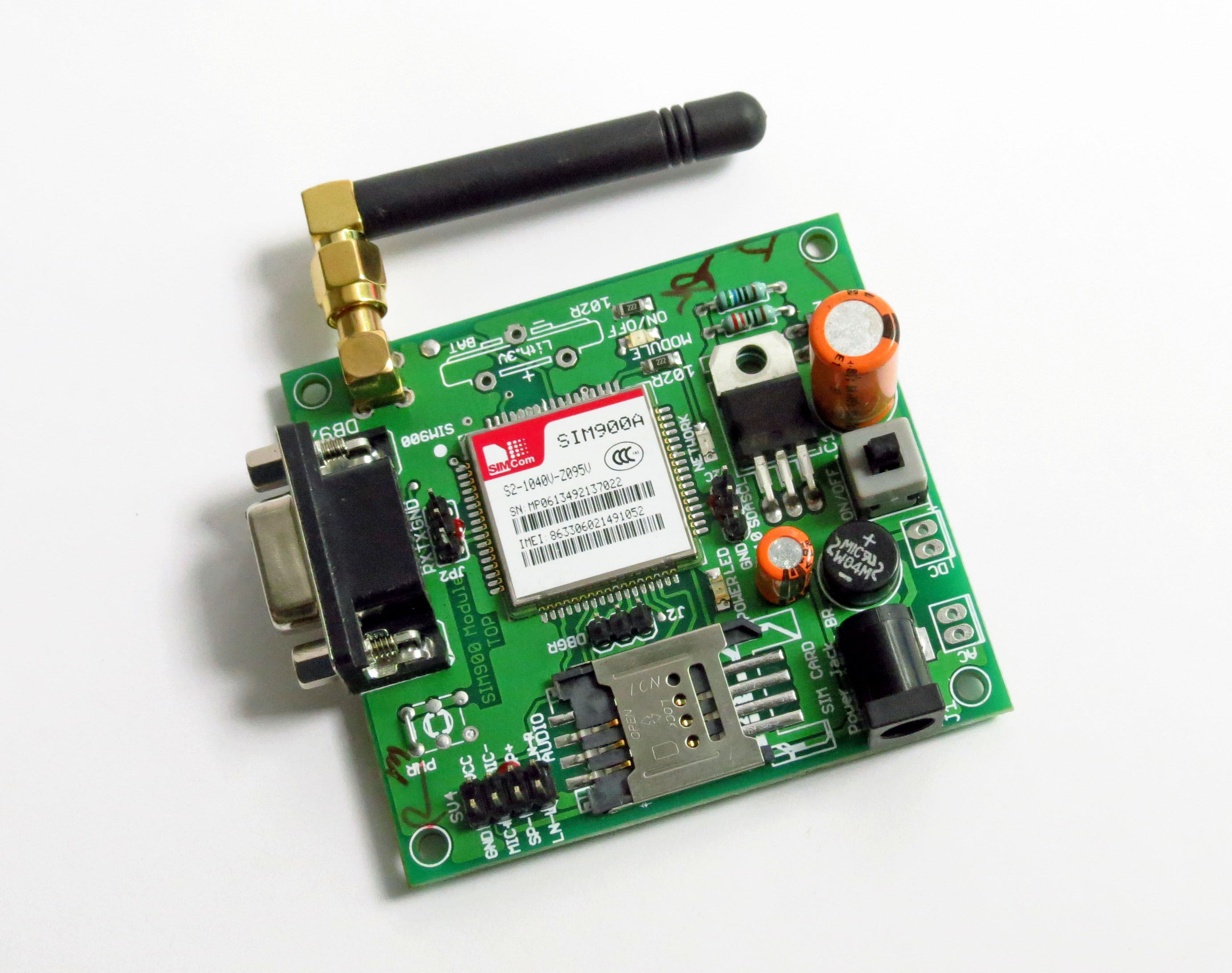Understanding GSM Network: A Comprehensive Guide
The GSM network, or Global System for Mobile Communications, is a standard developed to describe the protocols for second-generation (2G) digital cellular networks used by mobile devices. In today's fast-paced digital world, understanding GSM technology is crucial for anyone interested in mobile communication and telecommunications. This article delves deep into the workings of GSM networks, their significance, and their evolution over the years.
The advent of the GSM network revolutionized the way we communicate. It provided a framework that allowed for widespread mobile communication, laying the groundwork for the modern telecommunications landscape. This article will explore the technical aspects of GSM networks, their components, and their impact on global communication systems.
In this guide, we aim to provide a comprehensive overview of GSM networks, catering to both technical enthusiasts and everyday users. Whether you're a telecommunications professional or simply curious about how your mobile phone connects to the world, this article will serve as a valuable resource.
Table of Contents
What is GSM?
GSM stands for Global System for Mobile Communications, which is a standard developed to ensure seamless mobile communication globally. It was initially designed for 2G networks but has since evolved to accommodate newer technologies. GSM networks allow mobile devices to connect to the internet, send texts, and make calls through a digital interface.
History of GSM
The history of GSM began in the 1980s when the European Telecommunications Standards Institute (ETSI) was tasked with creating a pan-European mobile communication standard. The first GSM network was launched in 1991 in Finland, and by the mid-1990s, GSM had become the dominant mobile communication standard worldwide.
Over the years, GSM has undergone significant evolution, including the introduction of Enhanced Data rates for GSM Evolution (EDGE), which improved data transmission rates. Today, GSM technology is still relevant, although it is gradually being integrated with newer technologies such as 3G and 4G LTE.
GSM Network Architecture
The architecture of a GSM network comprises several key components that work together to enable mobile communication. The main components include:
- Mobile Station (MS): This refers to the user's mobile device, which includes the mobile equipment and the Subscriber Identity Module (SIM) card.
- Base Station Subsystem (BSS): This includes the Base Transceiver Station (BTS) and Base Station Controller (BSC), responsible for handling radio communication with mobile stations.
- Network and Switching Subsystem (NSS): This subsystem manages call routing and switching, ensuring that communication is established between different users.
- Operation Support System (OSS): This component monitors and manages the GSM network's performance and operation.
Mobile Station (MS)
The Mobile Station is the end-user device, such as a smartphone or tablet, that connects to the GSM network. It consists of two main parts:
- Mobile Equipment (ME): The physical device itself.
- Subscriber Identity Module (SIM): A smart card that stores the user's subscription information and is essential for accessing the network.
Base Station Subsystem (BSS)
The BSS is crucial in managing the radio communication between the mobile station and the network. It consists of:
- Base Transceiver Station (BTS): Responsible for transmitting and receiving radio signals.
- Base Station Controller (BSC): Manages multiple BTS and controls their resources.
Key Components of GSM
Understanding the components of GSM is essential for grasping how the network operates. Here are the key elements:
- Subscriber Identity Module (SIM): A vital component that stores user information and encryption keys.
- Mobile Switching Center (MSC): Handles call routing and switching between different networks.
- Visitor Location Register (VLR): Temporarily stores information about subscribers within the service area.
- Home Location Register (HLR): A database that contains details about subscribers, including their status and service access rights.
How GSM Technology Works
GSM technology operates on a time division multiple access (TDMA) principle, allowing multiple users to share the same frequency channel by dividing the signal into different time slots. This efficient use of bandwidth enables high-quality voice calls and data transmission.
When a mobile user makes a call, the mobile station sends a request to the BTS, which relays the request to the BSC. The BSC allocates a radio channel and establishes a connection with the MSC, which routes the call to the intended recipient.
Advantages of GSM Networks
GSM networks offer several advantages, including:
- Global Coverage: GSM is widely adopted, providing extensive coverage across the globe.
- Interoperability: GSM networks can seamlessly interconnect with different networks, allowing users to communicate regardless of their mobile provider.
- Cost-Effectiveness: The widespread use of GSM technology has led to lower costs for users and providers alike.
- Enhanced Security: GSM provides robust encryption and security features, ensuring user privacy.
Disadvantages of GSM Networks
Despite its advantages, GSM networks have some drawbacks, such as:
- Limited Data Rates: Compared to newer technologies like 4G, GSM's data transmission rates are relatively low.
- Network Congestion: High user density can lead to congestion, resulting in dropped calls or slower data speeds.
The Future of GSM Networks
As technology advances, the future of GSM networks is evolving. While GSM remains a cornerstone of mobile communication, it is gradually being phased out in favor of more advanced technologies like 4G and 5G. However, GSM will likely continue to play a role in specific applications, particularly in rural areas where newer technologies are not yet available.
Conclusion
In conclusion, the GSM network has significantly transformed mobile communication over the years. Understanding its architecture, components, and functioning is essential for appreciating the evolution of telecommunications. As we move forward, staying informed about these technologies will help users navigate the ever-changing landscape of mobile communication.
We invite you to share your thoughts on GSM networks in the comments below. If you found this article helpful, consider sharing it with your network or exploring more articles on telecommunications on our site.
Final Thoughts
Thank you for taking the time to read our comprehensive guide on GSM networks. We hope you found the information insightful and engaging. Be sure to visit us again for more articles on technology and telecommunications.
Article Recommendations



ncG1vNJzZmilqZu8rbXAZ5qopV%2BWtLOxwKylnq%2BjanylscWipZ5ll6i6brrEra6oqptjtbW5yw%3D%3D